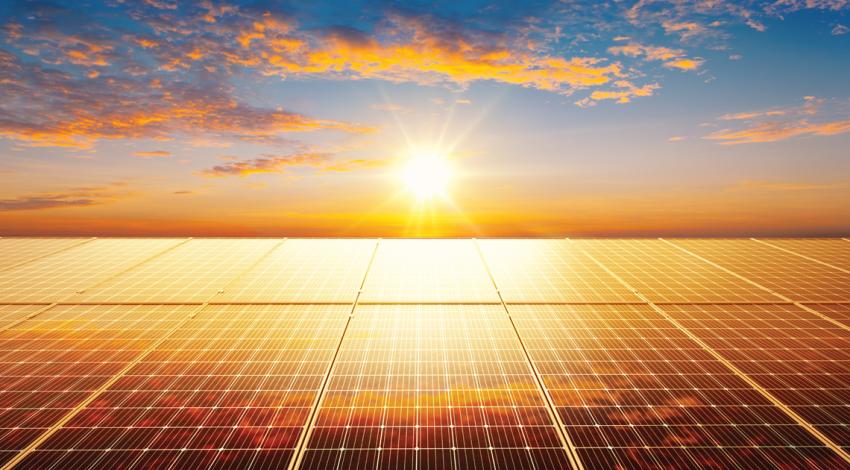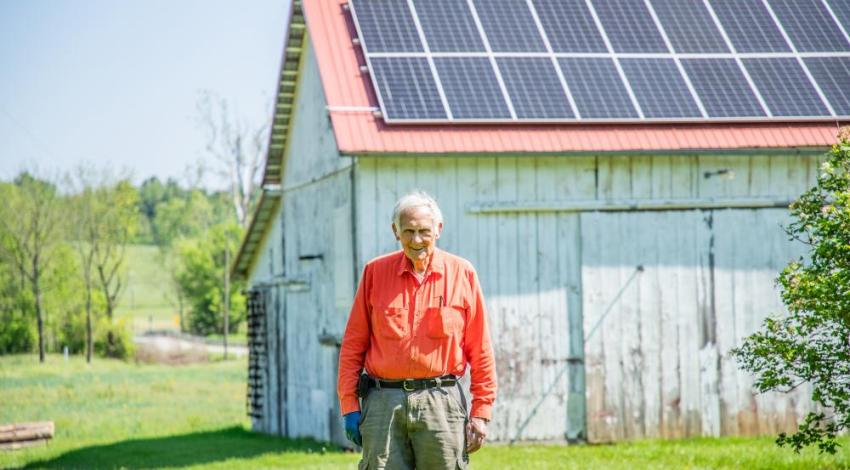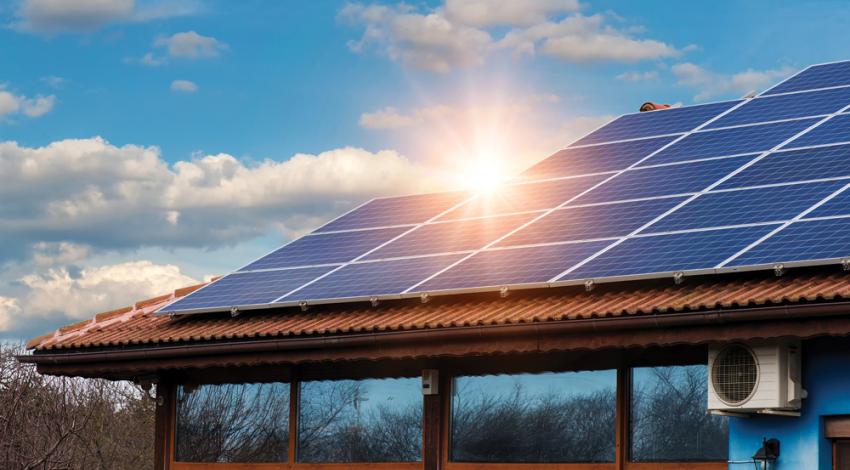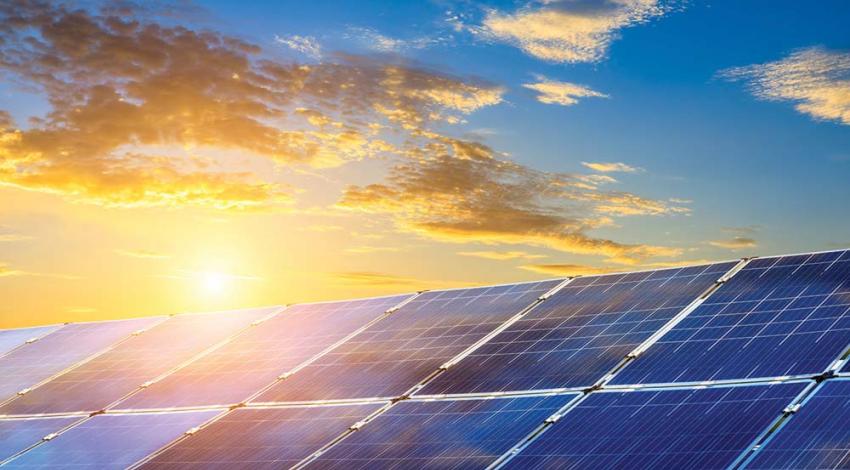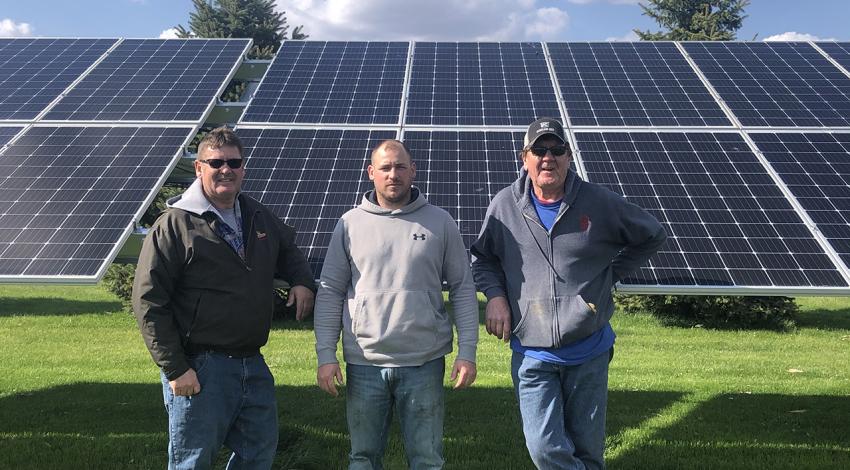June is that glorious month when we enjoy the longest days of the year. In fact, Ohioans get more than 15 hours of sunlight on several days surrounding the summer solstice later this month. In recent years, it’s also been a time when solar power draws significant attention as something that seems like an obvious solution to America’s ever-growing electricity needs.
But even as more electricity is added to the grid from solar resources, it’s important to understand that solar power alone cannot meet our nation’s electricity needs.
